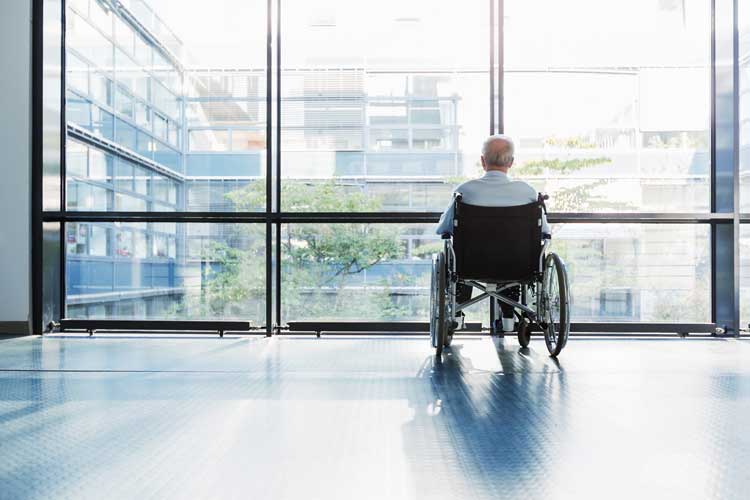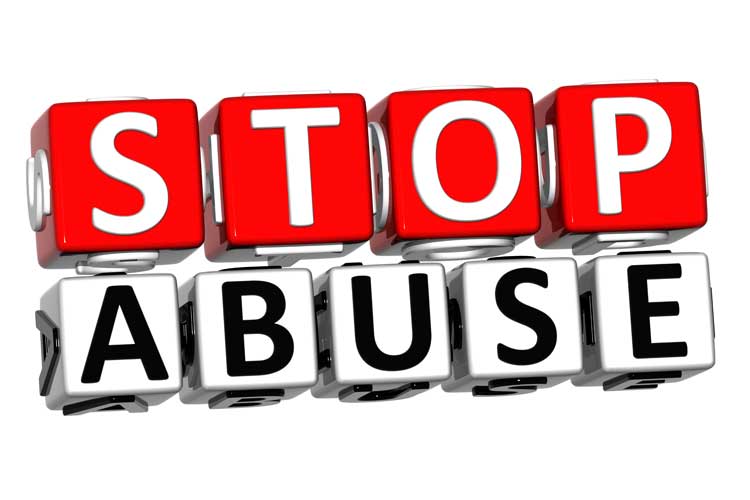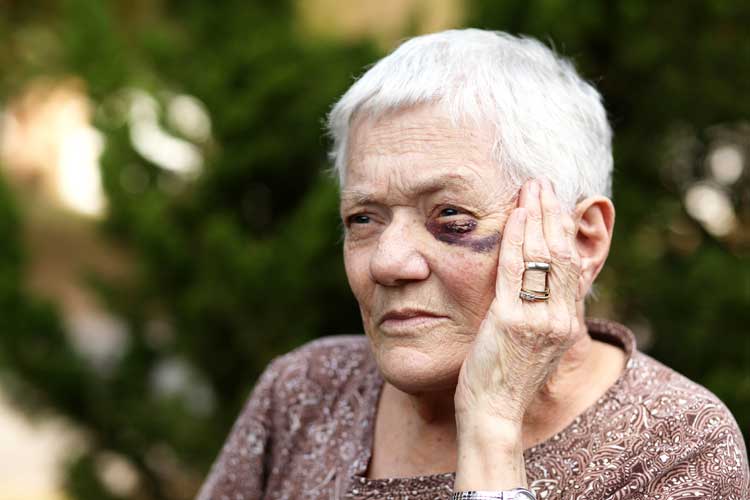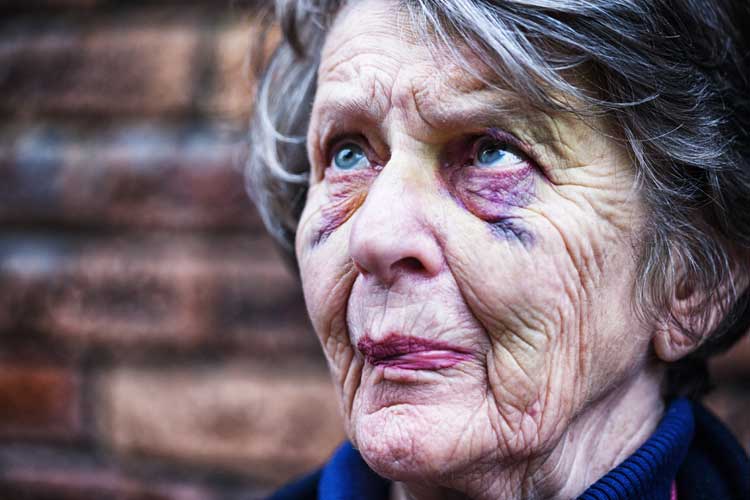Recognizing the Signs of Elder Abuse
Currently, more than 36 million people in the United States are older than 65 and 600,000 older adults require assistance with activities of daily living. The number of American adults older than 60 is expected to double by 2050,3 with adults over age 85 serving as the fastest growing cohort. This aging population is at risk for abuse and neglect, which are frequently underreported, underestimated, undetected, and often perpetrated by family members.








